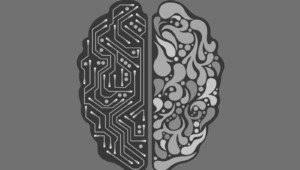10 Elements of Next-Generation Higher Education
Next-generation higher education systems will share ten elements:
- States replacing accreditation with performance contracting around outcomes (including real writing and math standards).
- Learners bundling from multiple providers; stackable credits and credentials (WA policy is better than most).
- Free access to a wide variety of online courses: synchronous online courses (e.g., Coursera) and open courses/content (e.g., Saylor).
- Very low cost credentialing: verification of completion and achievement (e.g., StraighterLine, Propero, UniversityNow and free CLEP prep courses).
- Broad access to low cost high-support environments (e.g., community colleges wrapping MOOCs in student services).
- Broad access to college credit opportunities in secondary schools: AP, dual enrollment, and MOOCs.
- Broad access to low-cost competency-based job certificate programs (also the best entry point for standards in postsecondary).
- Alternative market signaling strategies including badging, certification, portfolio, and references augment or replacing degrees in dynamic job categories (e.g., web design/development).
- Traditional colleges will reduce costs and boost completion rates with blended and adaptive learning.
- Colleges, companies, and associations focused on powering lifelong learning relationships.
Pearson is a Getting Smart Advocacy Partner. Coursera is a portfolio company of Learn Capital.






0 Comments
Leave a Comment
Your email address will not be published. All fields are required.